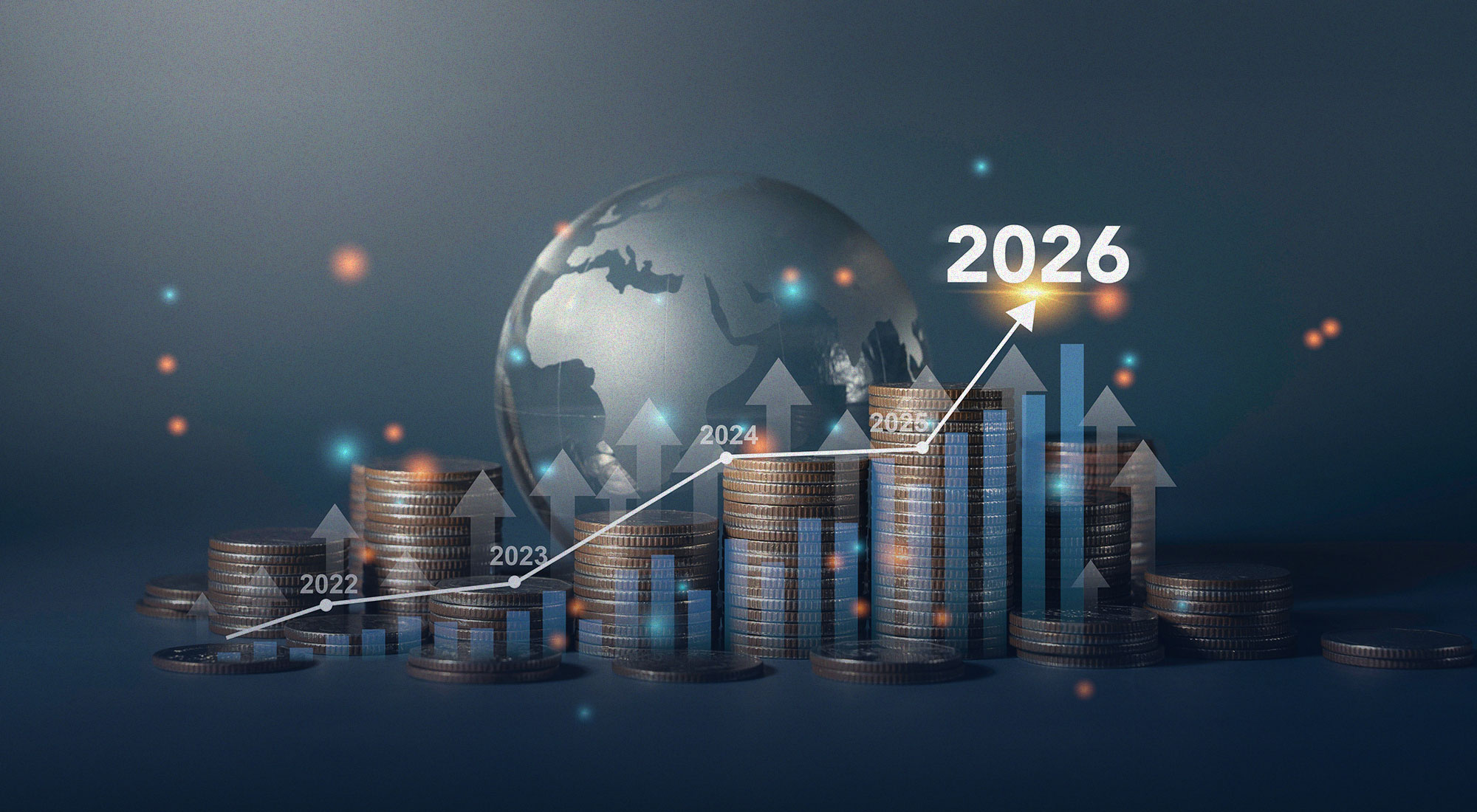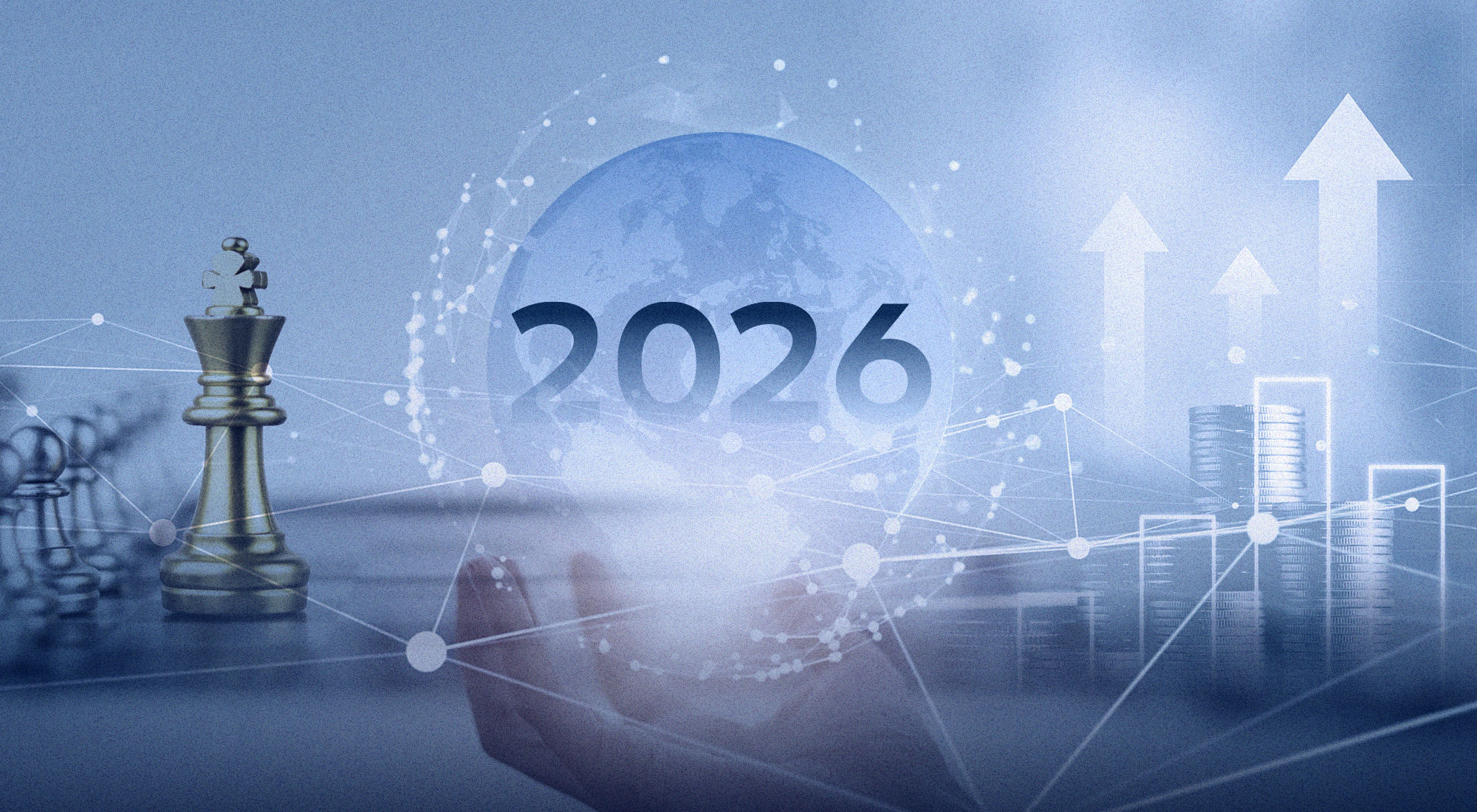1. Introduction
The increasing depletion of economic resources poses a serious challenge for global economies. In order to mitigate the depletion of natural resources, this study seeks to define the extent to which technology can enhance the circular economy’s potential, as demonstrated by global experiences. Its primary objective is to determine how technological advancements can bolster the circular economy’s effectiveness in a number of areas, including the conservation of scarce resources and protecting economic growth from the adverse effects of climate change.
This study examines the paradoxical nature of technology in contemporary economies. While technology enhances the efficiency of recycling processes and accelerates them, it may also escalate environmentally detrimental carbon emissions. Therefore, the aim of this paper is to discern the environmental impact of technology when utilized in eco-friendly ways within the circular economy.
Investment in technological innovation, digitization, and environmental research is imperative for reinforcing the circular economy’s role in sustainable development. A recent survey[1] involving 290 participants from SMEs in China and Pakistan reveals that integrating continuing education with digital solutions is essential for SMEs to achieve long-term financial and environmental objectives. Concurrently, another study[2] suggests that the European Union’s transition to a more efficient circular economy necessitates increased investment in green technologies, research and development, and waste recovery, coupled with significant reforms in environmental innovation. Furthermore, a related study[3] identifies technological and innovation deficits as the main barriers to adopting circular economy practices within the food supply chain in developing economies. Drawing on the SOLVE analytical model, a recent study[4] corroborates that circular innovation can bolster profits, job creation, and the attainment of sustainable development goals.
Given the critical role of innovation and technology in underpinning the circular economy, this study employs an intensive theoretical framework to examine developments in technology and the circular economy. It explores the interplay between these two domains, their influence mechanisms, and technology’s role in advancing the circular economy, analyzing successful international case studies in circular economy transformation and technological applications. The research focuses on several European, GCC, and Asian economies, examining data and indicators to uncover tangible outcomes from employing modern technologies, including digitalization, in transitioning from linear to circular economic models. Through this analysis, the study aims to identify commonalities and offer insights into optimizing this relationship in emerging and developing economies.
2. Technology and the circular economy: an intellectual and conceptual framework
While technology is broadly defined as encompassing all tools and means that facilitate efficient and widespread production of goods and services, its role in driving and sustaining economic growth in modern economies is undeniable. With the ever-expanding use of technology in production, the primary impetus for economic growth in the contemporary world is increasingly attributed to technological progress. Scientific estimates suggest that technology contributes approximately 88 percent of global economic growth.[5]
Historically, technology has exacerbated natural resource depletion by enhancing mass production capacities. However, it is now expected to play a crucial role in waste reduction and product recycling. The widespread application of technology across all economic sectors—agricultural, industrial, and services—is gradually becoming an essential component of the circular economy.
The circular economy can be viewed as a system aimed at optimizing resource consumption and minimizing waste production. It represents a shift from linear economic models to a model that reutilizes resources, reduces waste, and ascribes economic value[6] to waste.
In contemporary discourse, the concept of rationalization has given rise to more informed discussions of the circular economy. Consequently, the circular economy model hinges on three principles:[7] minimal resource usage, reduced waste generation, and low emissions. This model begins with sustainable design and encompasses the entire spectrum of economic activities, including production, distribution, consumption, re-consumption, and refurbishment, followed by waste collection and management to achieve maximum recycling potential.

According to a UNIDO study,[8] the main objectives of the circular economy are to reduce environmental impacts of economic activity, increase income, and decrease resource sensitivity by reducing reliance on them and limiting waste.

Source: UNIDO, “Circular Economy,” https://www.unido.org/sites/default/files/2017-07/Circular_Economy_UNIDO_0.pdf.
But what role does technology play in promoting the circular economy?
- Technology’s primary role in an economy striving for resource consumption rationalization is improving production efficiency and reducing waste generation.
- The second function of technology in the circular economy is to increase the viability of investments in recycling, making them more attractive for domestic and foreign investors.
- The development of skills, technology transfer and localization constitute technology’s third role in the circular economy. These activities have a direct, high-value impact on national economies.
- A reciprocal relationship exists between advanced technology localization in the circular economy and local innovative capabilities. The need to innovate, driven by resource depletion, helps in waste minimization.
- Modern technology also facilitates greater integration of the circular economy into the national economy, enhancing its contribution to GDP and economic growth.
- Technology’s most significant contribution to the circular economy is the reduction (though not elimination) of the environmental footprint, particularly in high-pollution recycling processes, thereby bolstering national economic sustainability.
A strong theoretical relationship exists between the use of technology within the circular economy model and its expected results. Technology that reduces, rationalizes, and enhances the efficiency of production, distribution, and consumption activities can minimize economic losses. Such technology opens new ways for waste utilization and integration into the supply chain, thereby positioning technology as a pivotal factor in the circular economy’s growth. This raises the following question: Do international experiences provide empirical validation for this strong positive relationship between technology and the circular economy?
3. Nexus between technology and the circular economy in global contexts
Understanding the dynamics between waste volume, the circular economy, and technology necessitates a comprehensive analysis of international experiences in adopting circular economy models. Globally, a correlation exists where GDP is directly and specifically related to the generated waste volume. In lower-income contexts, waste generation per capita diminishes, subsequently increasing with rising income. Intriguingly, at advanced GDP per capita, annual waste production exhibits a consistent decline.[9]
Relationship between GDP and waste generation in the most recent year available between 2010 and 2020

Source: UNEP, “Global Waste Management Outlook 2024 – Beyond an age of waste: Turning rubbish into a resource,” https://wedocs.unep.org/handle/20.500.11822/44939.
This relationship between GDP per capita and annual waste volume indicates that economic growth, substantially driven by technology, contributes to reduced waste at advanced stages. This reduction is indicative of enhanced recycling efficiency and circular economy performance, attributable to the increased application of technology in various production activities, fostering efficient, effective, and resource-conservative production models.
Managing waste costs remains a significant challenge for both developed and emerging economies, with only a few capable of efficiently addressing the growing waste challenge. The total direct cost[10] of waste management and processing globally in 2022 was around $252.3 billion, with the collection process constituting the largest expense at 59%. Direct recycling costs, though only 8% of total waste management costs, amounted to around $20 billion.

Source: UNEP, “Global Waste Management Outlook 2024 – Beyond an age of waste: Turning rubbish into a resource,” p 30.
According to the UNEP Annual Report on Global Waste Management, the optimal solution for economies to minimize waste volumes and increase economic returns is to adopt a global circular economy with integrated technology in recycling activities. Future projections illustrate the impact of rapid and efficient technology localization in the circular economy versus the persistence of the current technological state within the Municipal Solid Waste (MSW) recycling sector.

Source: UNEP, “Global Waste Management Outlook 2024 – Beyond an age of waste: Turning rubbish into a resource,” pp. 34-36.
Further technology localization in the circular economy by 2040 is projected to significantly improve recycling quality and global solid waste management efficiency, surpassing waste-to-energy conversion and sanitary landfill disposal.
Looking at the overall impact of technology on the circular economy, the most innovative technological advances are found in developed economies such as North America, Western Europe, and certain East Asian countries. Solid waste management capabilities, specifically in waste accumulation rates at generation points, thrive in these technologically advanced regions, establishing a strong link between the use of technology and the ability to recycle and develop circular economy enablers. However, this relationship is counterbalanced by the adverse impact of technology on environmentally harmful carbon emissions.
Municipal solid waste collection rates by region

Source: UNEP, “Global Waste Management Outlook 2024 – Beyond an age of waste: Turning rubbish into a resource.”
Conversely, international data indicates that countries with modest technology utilization in production activities, particularly in sub-Saharan Africa and South Asia, often resort to inefficient and uncontrolled solid waste disposal. This approach not only squanders a resource of growing economic value but also highlights deficiencies in the circular economy model and in technological capabilities for economic management and the transition from linear to circular models.
Regional breakdown of uncontrolled disposal of municipal solid waste (MSW) in million tonnes and percent of total MSW

Source: UNEP, “Global Waste Management Outlook 2024 – Beyond an age of waste: Turning rubbish into a resource.”
Tracking the natural resource depletion index[11] in international contexts provides insight into the effectiveness of national resource utilization or the prevention of future-compromising depletion rates. Comparisons among OECD countries, Arab states, and sub-Saharan countries against the global average of the natural resource depletion rate to the gross national income (GNI) ratio reveal several key insights related to technology’s role in the circular economy..

Source: World Bank: “World Development Indicators,” https://databank.worldbank.org/source/world-development-indicators.
Notably, compared to other regions, Arab countries experienced higher rates of natural resource depletion between 2000 and 2020 in relation to national income. International depletion rates have generally declined, with 2005 witnessing higher rates than other selected years, notably 2020. The lower utilization of modern technology in resource depletion among the most advanced OECD countries, despite a slight decrease during this period, signifies maintained advanced technological capabilities in the circular economy.
In summary, fostering innovation[12] and localizing technology in economic activities, particularly in circular economy endeavors, can improve resource circularity indicators.[13] This advancement mitigates economic sensitivity to fluctuations in material prices and global supply chains. Developed countries are increasingly localizing technology in recycling sector activities to enforce stringent operational rationality on resources and efficient waste management, further integrating recycling into economic activities.
4. Synthesis between technology and circular economy
Building upon the preceding analysis of the relationship between technology and the circular economy, the following key findings emerge:
- The common reliance on technology as a pivotal support for the circular economy is reflected in the experience of countries and regions that have made significant progress in promoting rational use of natural resources and enhancing waste recycling processes. These successes are predominantly observed in Western European countries and other major industrialized nations.
- Over the past three decades, technology has significantly bolstered the circular economy. However, it is still in a nascent phase in a world increasingly focused on sustainability.
- Technology plays a crucial role in accelerating the circular economy. It helps enhance production and rationalize consumption, reduce waste generation, increase the viability of recycling investments, develop human skills, localize knowledge and innovative capabilities, support the integration of the circular economy with national economies, and minimize the circular economy’s environmental footprint. Collectively, these impacts contribute to elevating the circular economy’s role in GDP and fostering sustained economic growth.
- While the circular economy represents the economy’s capacity to grow through judicious resource utilization, transitioning from a linear to a circular model necessitates the adoption of modern technologies, with both positive and negative impacts. The use of technology in the circular economy has also been linked to higher global GHG emissions.
- Mitigating the negative effects and enhancing the positive aspects of technology necessitates a balanced approach in government regulations and corporate policies in favor of the circular economy. This balance should harmonize profitability objectives with impacts on human capital and environmental sustainability.
5. Transitioning to sustainable development: the link between technology and circular economy
In view of these findings, a critical question arises: How can technology support a circular economy within the ambit of sustainable development initiatives?
To harness the benefits of technology while minimizing its costs and adverse effects, several strategies are needed to expedite the transition from a linear to a circular economy in developing countries. To bolster these countries’ resilience against recurrent crises, accelerating technology localization in the circular economy is essential to cementing sustainable development. This includes:
- Optimal utilization of technology in the circular economy necessitates creating sophisticated models of productive efficiency to evolve supply chains.
- Reducing the economy’s waste generation rate can be achieved by deploying appropriate technology tailored to various production modes, aligned with the existing level of economic and social development.
- Encouraging national companies to integrate technology in the circular economy involves enhancing the viability of new investments and innovations in recycling processes, which concurrently requires developing human skills and localizing modern labor and innovation capabilities.
- Successful integration of technology in the circular economy necessitates strengthening sectoral connections between the circular economy and the broader national economy.
- To diminish the circular economy’s environmental footprint, a judicious selection among technological alternatives is vital, prioritizing technologies that emit the fewest greenhouse gases, thereby underpinning sustained and sustainable economic growth.
Finally, the government’s supportive role in the circular economy is paramount, as it facilitates concessional financing, expands investment in education and training, accelerates regional integration efforts, and develops environmental and corporate governance indicators, including within the public sector and local governments. Such initiatives ensure that technological transformation in the circular economy sector yields sustainable and long-term positive impacts.
[1] Syed Abdul Rehman Khan, Arsalan Zahid Piprani and Zhang Yu, “Digital technology and circular economy practices: future of supply chains,” Operations Management Research, Springer, 15, no. 3 (2022), https://ideas.repec.org/a/spr/opmare/v15y2022i3d10.1007_s12063-021-00247-3.html.
[2] Vania Ivanova, Sonia Chipeva, “The Impact of Green Technologies on Transition to Circular Economy,” Management and Business Research Quarterly 17, pp. 55–71 (2021), DOI:10.32038/mbrq.2021.17.05.
[3] Vidyadhar Gedam, Rakesh D. Raut, Ana Beatriz Lopez d Sousa Jabbour, Ajinkya N. Tanksale and Balkrishna E. Narkhede, “Circular economy practices in a developing economy: Barriers to be defeated,” Journal of Cleaner Production 311 (2021), https://doi.org/10.1016/j.jclepro.2021.127670.
[4] Nitin Patwa, A. Seetharaman, Aashin Arora, Rishik Agrawal and Harshal Mandalia, “Circular economy: Bridging the gap in sustainable manufacturing,” The Journal of Developing Areas 55, no. 1 (2021), https://doi.org/10.1353/jda.2021.0012.
[5] See: “What is Technology?,” Our Economy, https://www.ecnmy.org/learn/your-future/technology-innovation/what-is-technology/#:%2C~: text = Technology%2C%20for% 20economists% 20is % 20anything,new% 20ways%20of%20doing %20things.
[6] The waste and solid waste produced by production and consumption activities vary between food waste, glass, paper, cardboard, plastics and metals; for more details on the role of technology in reducing waste, see: Roland Yawo Getor, Nishikant Mishra, Amar Ramudhin, “The role of technological innovation in plastic production within a circular economy framework,” Resources, Conservation and Recycling 163, (2020), https://doi.org/10.1016/j.resconrec.2020.105094.
[7] See: European Parliament, “Circular economy: definition, importance and benefits,” 2023, https://www.europarl.europa.eu/pdfs/news/expert/2023/5/story/20151201STO05603/20151201STO05603_en.pdf
[8] UNIDO, “Circular Economy,” https://www.unido.org/sites/default/files/2017-07/Circular_Economy_UNIDO_0.pdf
[9] United Nations Environment Programme, “International Solid Waste Association, Global Waste Management Outlook 2024 – Beyond an age of waste: Turning Rubbish into a Resource,” 2024, https://wedocs.unep.org/20.500.11822/44939.
[10] There are other types of indirect costs of waste handling that are outside the current scope of the study.
[11] Natural resource depletion is the sum of net forest depletion, energy depletion, and mineral depletion. Net forest depletion is unit resource rent times the excess of roundwood harvest over natural growth. Energy depletion is the ratio of the value of the stock of energy resources to the remaining reserve lifetime (capped at 25 years). It covers coal, crude oil, and natural gas. Mineral depletion is the ratio of the value of the stock of mineral resources to the remaining reserve lifetime (capped at 25 years). It covers tin, gold, lead, zinc, iron, copper, nickel, silver, bauxite, and phosphate; see: World Bank, “World Development Indicators,” https://databank.worldbank.org/source/world-development-indicators#.
[12] See: Eco-Innovation in Industry: Enabling Green Growth, Paris: OECD Publishing, 2010), https://doi.org/10.1787/9789264077225-en.
[13] See: “Circularity indicators: an approach to measuring Circularity,” Ellen MacArthur Foundation 2015, https://www.ellenmacarthurfoundation.org/assets/downloads/insight/CircularityIndicators_Methodology_May2015.pdf.









